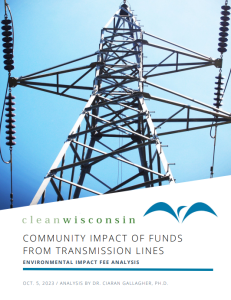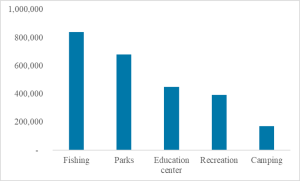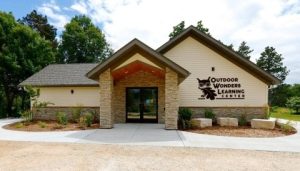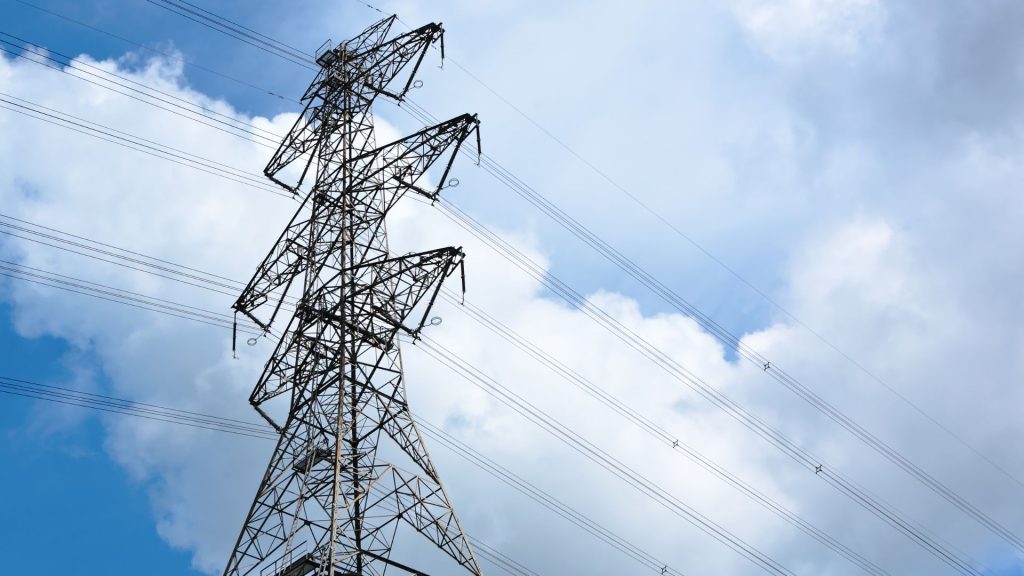What do broadband access, flood repairs and well water testing have in common? They have all been funded by the environmental impact fee from large transmission lines in rural Wisconsin communities. Building more transmission lines—the poles and wires that transport electricity from where it is generated to where it is used—will be necessary for Wisconsin to meet our clean energy goals. Because of a state law requiring transmission developers to pay hosting counties and towns a one-time fee plus additional annual payments, communities hosting transmission lines are receiving a variety of financial benefits.

A recent Clean Wisconsin analysis dug into the magnitude and variety of uses for environmental impact fees from the last three transmission line projects in Wisconsin. While the funds are specified for environmental uses, jurisdictions can, and frequently do, petition to use the money in other ways that serve the public interest. By reviewing the public record of petitions, we were able to summarize the many beneficial ways that local and county governments have spent the environmental impact fee. We know this is an incomplete picture of all the benefits, as there isn’t a public record of how the fee is applied to environmental uses.
Wisconsin municipalities were able to spend an additional $7 million on critical town infrastructure and services because of the fees to date from these three transmission lines. From critical road repairs to the purchase of snowplows and city trucks, transmission line development supported rural communities’ essential services. A fire station was built with the environmental impact funds that now serves three towns in Rock County. An additional $1.4 million was spent on increasing access to broadband, particularly in Grant and Buffalo Counties.
The environmental impact fee allows a flexible funding source to respond to local water concerns—from flooding to drinking water contamination. In recent years, at least $2.5 million was spent on water-related projects. Well water was tested for contamination and farmers received incentives for nutrient management. Several counties that received environmental impact funds were also impacted by recent flooding along the Mississippi River. Structural repairs and preventative flood mitigation projects were funded by annual fees to rural municipalities from transmission projects.
At least $2.6 million has been spent on local parks and recreation access. Amenities have been added to parks, including playgrounds and shelters. Outdoor enthusiasts have benefited through the expansion of campgrounds, improvement to hiking and biking trails and support of recreational fishing through fish habitat restoration. One of the larger projects undertaken in this category was the building of the education center in the Trempealeau National Wildlife Refuge, located along in the Mississippi River in Trempealeau and Buffalo counties.


An expansion of the electricity grid in the Midwest is critical for new clean renewable energy projects to come online as we transition to a net-zero carbon economy. In the next few years, more transmission lines will be proposed in Wisconsin. The environmental impact fee ensures that communities hosting this large-scale infrastructure receive local and immediate benefits. Funding essential safety services, increasing broadband, and creating recreational opportunities for residents and tourists alike, environmental impact fees can be important sources of funding for rural Wisconsin. The funds from transmission lines are game changers in rural communities with small budgets.

